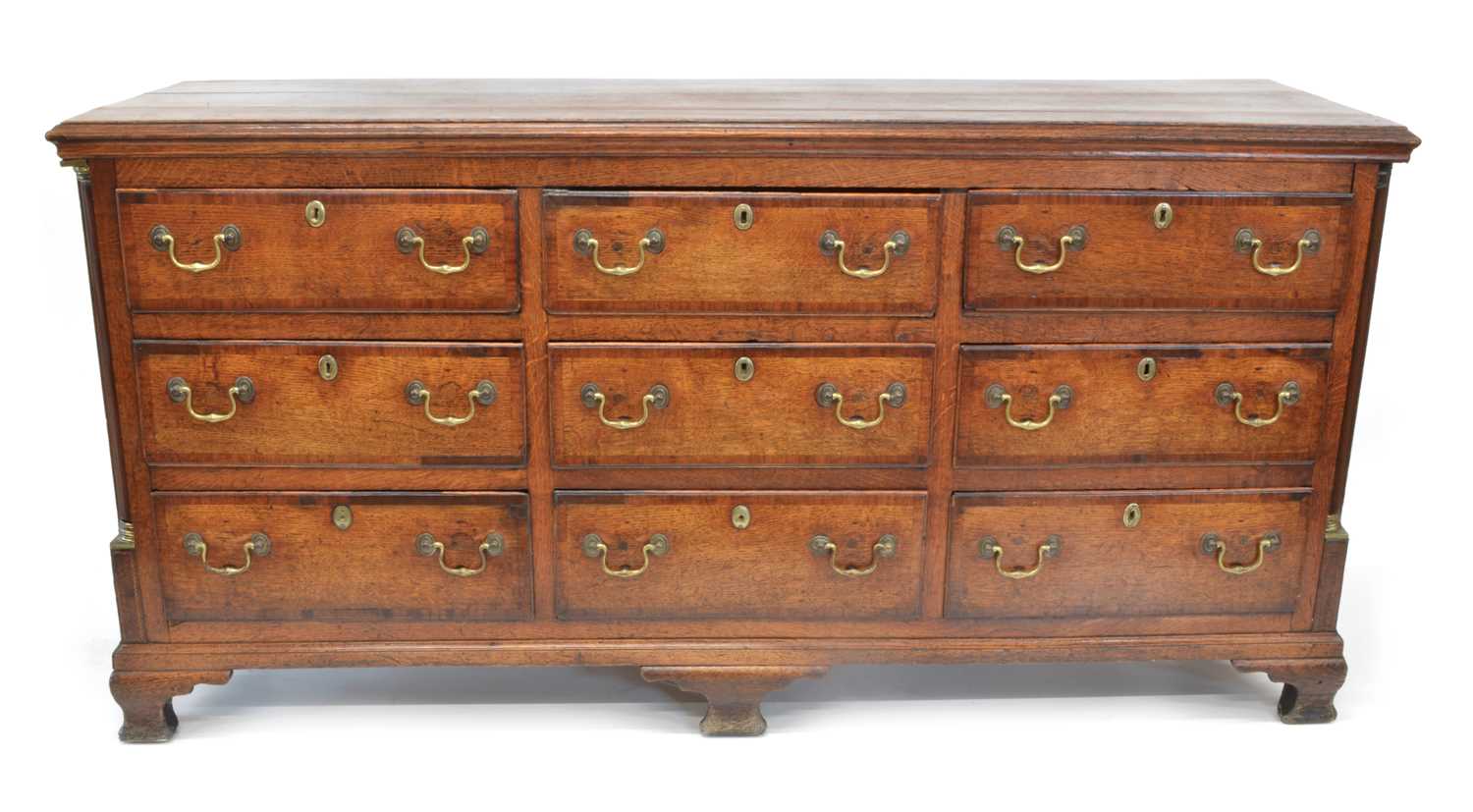DRESSERS & SIDEBOARDS
A dresser was principally designed as a piece of kitchen furniture, not an item of furniture we now so-often find in pride of place, highly polished in a sitting room. They are country-made, and many can be identified by regional design. They are on many occasions found in farming communities when dressers have been made from timber cut in a nearby village, the farmer may even know who made the dresser and by descent it has remained in the family for many years. The study of regional furniture is most interesting, with certain stylistic features making it possible to pinpoint the place in which it would have been made. Unfortunately, the enthusiasm for dealing along with easy access to transport in the last 80 years has muddled regionalisation of furniture.
The sideboard was brought into popularity following on from designs produced by Robert Adam in 1760. Classical form taken from Rome and Greek inspiration were also mirrored by Heppelwhite, Sheraton and Chippendale. Most sideboards of this time were serpentine fronted constructed from mahogany, decorated with white-wood inlays with an arched centre section standing on six square section legs. This became the staple item of furniture for the dining room. Although reproduced continually throughout the next century, George III examples are still desirable with the advent of the fitted kitchen the sideboard has lost practical functionality and is now used more decoratively.
FREE VALUATION
We offer a free valuation service to people who are considering the sale of their items through our auction room. Click the button to complete our short form, and one of our experts will be in touch.

